
Mai Chau Valley

Around 135km (85 miles) from Hanoi is the serene Mai Chau Valley. Known for its ruou can (a unique rice wine drunk through long bamboo straws), Mai Chau is a collection of small villages, farms and individual stilt houses spread out over a vast and verdant valley. Peaceful and charming, it is also the closest place to Hanoi where one can trek in the countryside from and stay overnight in an authentic ethnic-minority village.
Moc Chau
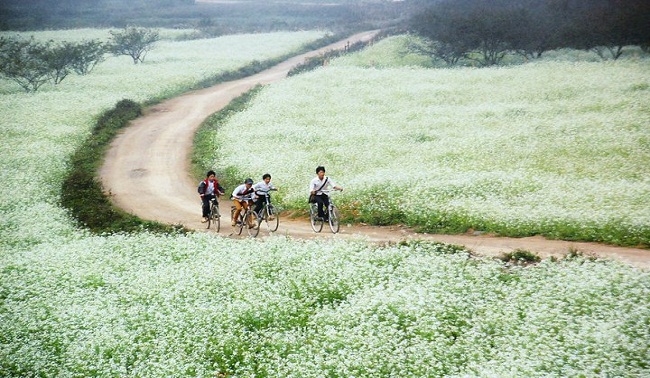
You will know you're approaching the sprawling market town of Moc Chau by the presence of black-and-white dairy cows, originally imported from Holland, wandering across the road. Much of the area is devoted to dairy farming, so be sure to try out some of the famously rich yoghurt, ice-cream or Moc Chau-branded chocolate bars. Be aware that during the coldest months, January and February, night-time temperatures can fall to –3°C (27°F). With central heating nearly impossible to find, visitors are advised to pack appropriate clothing.
Highway 6 from Moc Chau climbs to the west past hills cultivated with tea, coffee, cotton and fruit trees, including mulberry, the leaves which are fed to silkworms. The road winds through the mountainous landscapes of Son La, close to the border with Laos. The region is home to many ethnic minorities, including the Hmong, Mnong, Muong, Mun, Kho Mu, Dao, Tay, White Thai and Black Thai, Xinh Mun and Hoa peoples.
Dien Bien Phu

The capital of Dien Bien province, Dien Bien Phu lies on the east bank of the Nam Rom River (Song Nam Rom) at the northern end of the Muong Thanh valley. This was the site of a 57-day siege – the famous Battle of Dien Bien Phu – which brought an ignominious end to French colonialism in Asia. It is encircled by steep green hills from which tens of thousands of Viet Minh troops launched their assault on the French garrisons in 1954.
Visitors can visit a reconstruction of General de Castries’s main command bunker, set amid a litter of rusty tanks and artillery. Not far away, A1 Hill, known as ‘Eliane 2’ to the French, was the scene of fierce fighting and is now a war memorial dedicated to the Viet Minh who died here.
On the edge of the downtown area, the Museum of the Dien Bien Phu Victory (Nha Trung Bay Thang Lich Su Dien Bien Phu) has black-and-white battle photos, an illuminated electronic model of the valley and battle positions, and a collection of Chinese, American and French weapons. Across the street is a Viet Minh Cemetery, where some of the Viet Minh soldiers killed in the battle are buried.
Towering over town from its vantage position at D1 Hill is the Dien Bien Phu Victory Monument. Unveiled in 2004, this huge bronze statue measures 12.6m (41ft) and weighs 220 tonnes. It depicts three soldiers standing atop the French garrison, one holding a flag, another a gun, and the third a child with flowers. On the flag is written: Quyet chien, quyet thang (Determined to fight, determined to win).
Lai Chau province
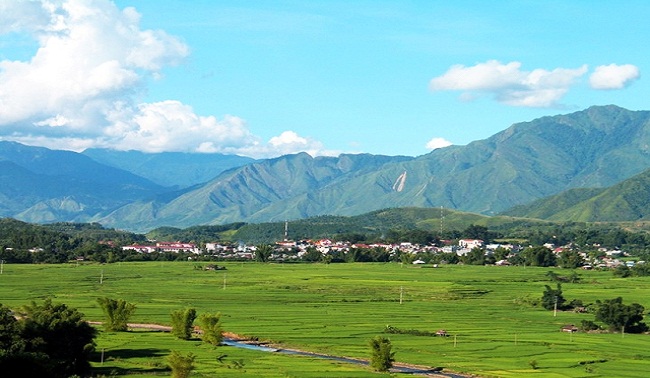
Wedged in between China to the north and Laos to the west, Lai Chau province was once known for its wildlife, including tigers, but sadly this is now hugely diminished (with no tiger sighting for several years) due to rampant deforestation, slash-and-burn farming and the lucrative trade in illegal animal products.
Running due north of Dien Bien Phu, Highway 12 connects with the historic town of Muong Lay (formerly known as Lai Chau – confusingly, there is now a new Lai Chau), some 104km (65 miles) away. The surroundings are striking: jagged, unforgiving peaks set against dense tiers of thick forest. The road into town is in good condition but, during heavy rains between May and August, landslides can cause serious delays.
The new capital of Lai Chau province is 150km (93 miles) to the northeast: Lai Chau town, formerly known as Tam Duong, bustles with new shops and hotels. Besides visiting the market – frequented by White Hmong and Flower Hmong, White Thai and Black Thai, Dao Khau and Giay hill tribes – travellers can visit a a number of ethnic--minority villages that are only accessible by motorbike.
Sa Pa
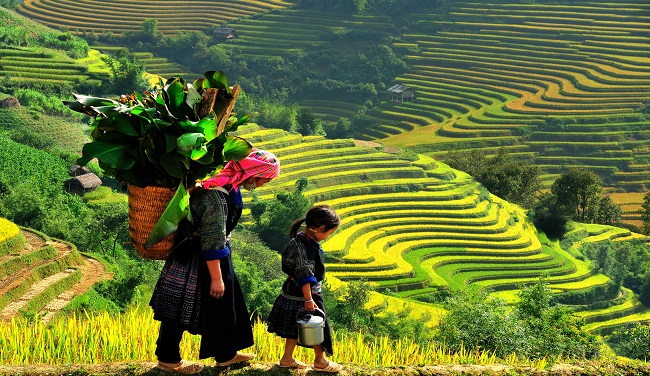
The 90km (56-mile) stretch of road from Lai Chau to the hill-town retreat of Sa Pa – Highway 4D – runs southeast along the dramatic Hoang Lien mountain range. Here, the mountains become higher and craggier and are more thickly forested. The road winds through Tram Ton Pass, the highest mountain pass in the country. Travelers will know they are approaching Sa Pa, the Northwest’s tourism capital, upon nearing the village of Binh Lu. The ethnic-minority people in this region are neither shy nor indifferent to tourists or their cameras. On the contrary, they usually take off their metal jewelry and headpieces and proffer them for sale.
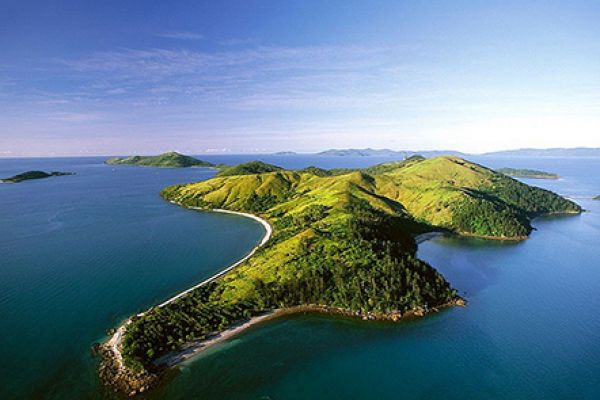
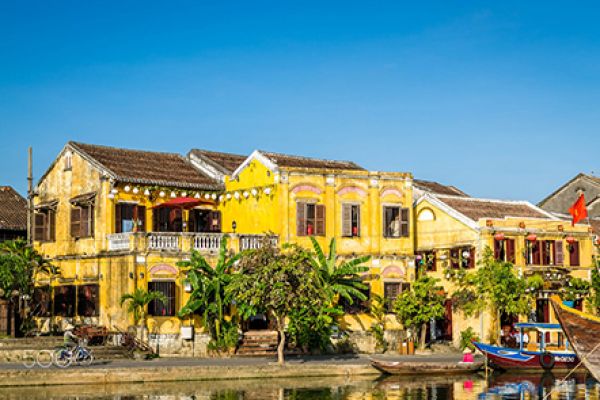
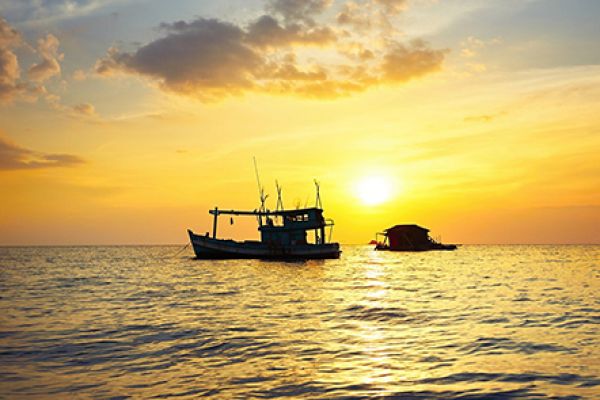
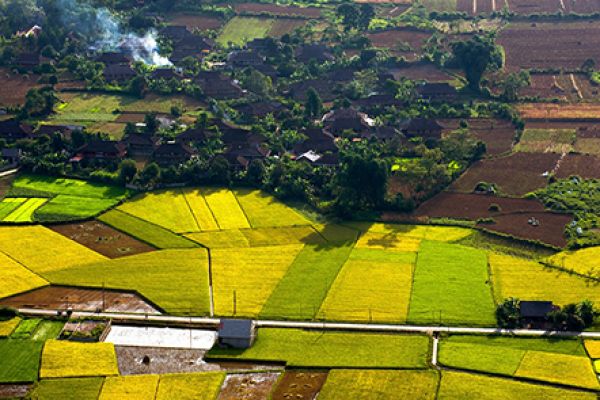
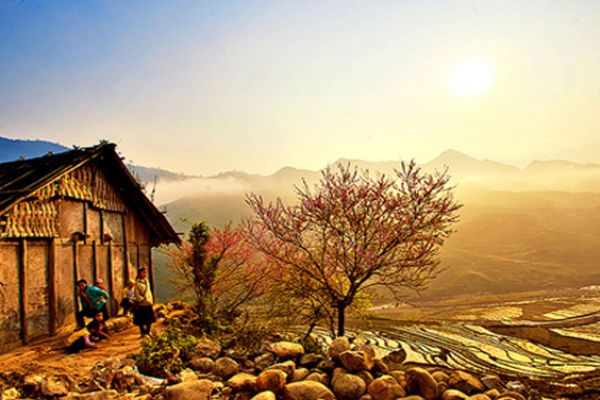
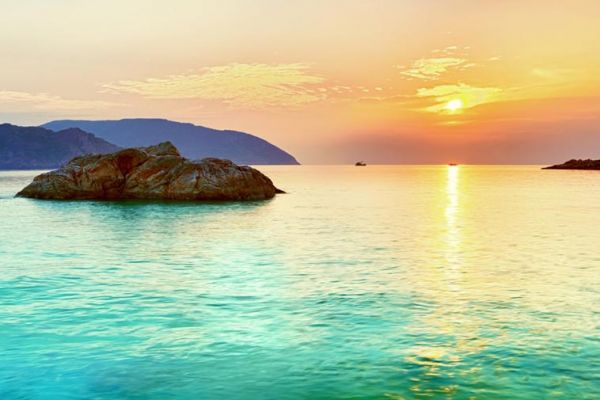
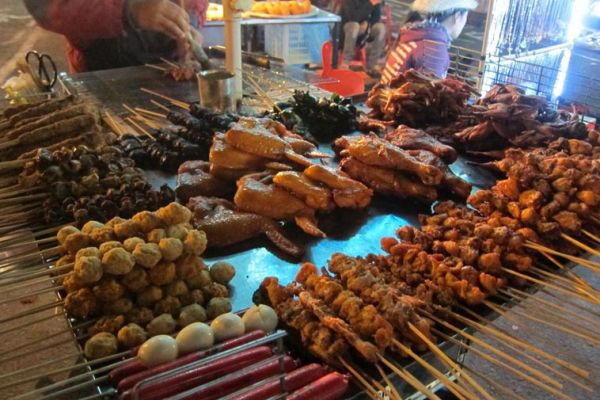
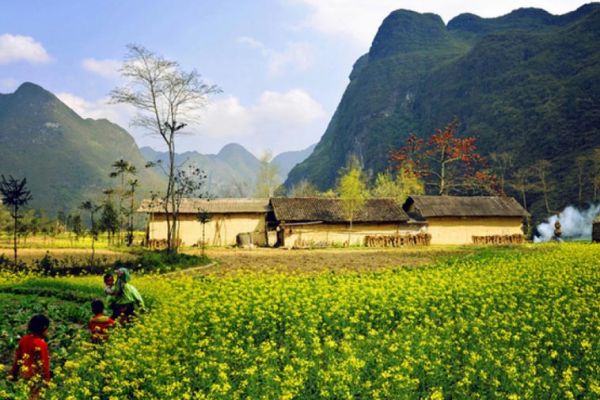
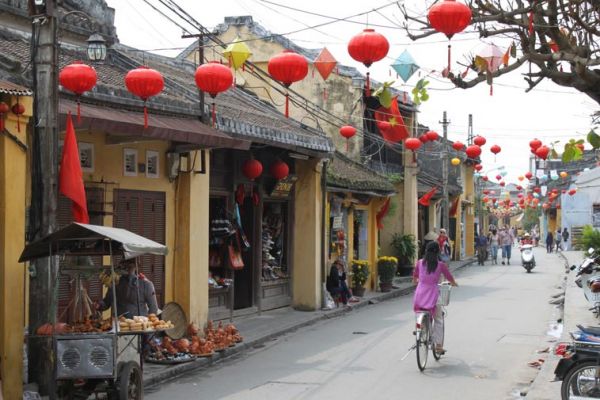
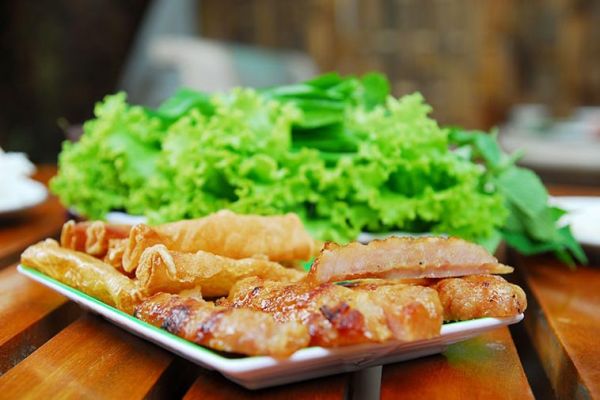
(84-63) 3 826042 – (84-63) 3 511142
No 54 Nguyen Dinh Chieu, Ham Tien Central Mui Ne Beach Binh Thuan Vietnam
523 To Hien Thanh District 10 Ho Chi Minh City Vietnam
Ha Long Halong City Quang Ninh Vietnam
A13 Hung Thong 2 Halong City Quang Ninh Vietnam




